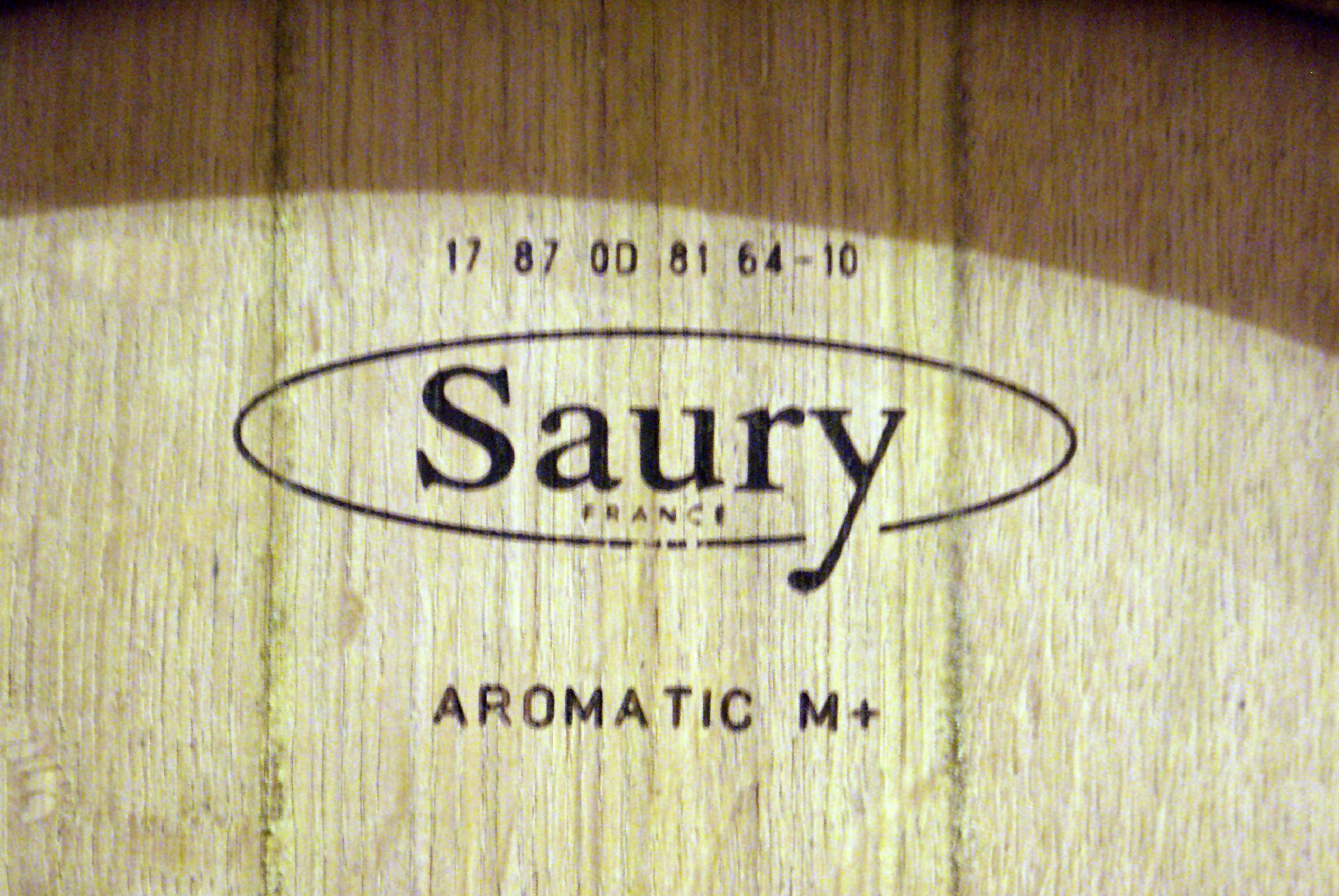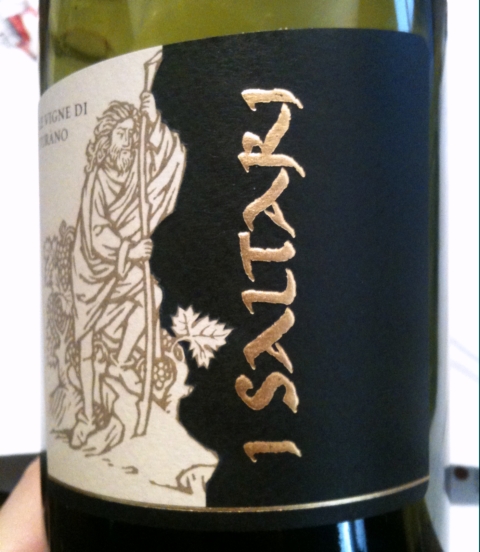Bitter raisins
Posted on 30 January 2012
The official blind tasting at Anteprima Amarone in Verona was followed by a day of winery visits. Between the very traditional approach of Carlo Boscaini, the large commercial reality of Sartori, and the stylistic hybrid of Le Marognole and Corte San Benedetto, a few observations were confirmed and reinforced.
- 2008 is not a great vintage of Amarone, and the main problem is a lack of depth and vivacity; 2008s invariably taste a little flat. It is very early to say and many wines will improve greatly over the next year or two but I don’t see 2008 becoming a classic.
- The best young Amarone vintage to drink today is 2004, nicely integrated at this stage and revealing the interplay of sweet and dry, crisp and savoury, fat and bitterish that is the hallmark of this great Italian wine; 2006 also looks good.
- Ripasso remains Valpolicella’s best seller at the moment but doesn’t offer any clear style. Wines can range from simple everyday reds that just get a tiny touch of fruit from the ripasso method (boosting young wine with raisins formerly pressed for Amarone) to blockbuster 14.5% wines that are nothing else than junior Amarones. Honestly the category which I have more fun with is Valpolicella Superiore, reds from selected grapes with some oak ageing. Too often Ripasso is an excuse to make a wine superficially sexy with a lot of make-up such as residual sugar. Superiore makes Valpolicella look like a serious structured wine that can compete with Chianti Classico Riserva or Barbaresco.
- Basic Valpolicella, non-Superiore and non-Ripasso, is the region’s ugly duckling. Not one of the producers I visited spontaneously offered to pour it. In other regions vintners are proud when they can make an excellent entry-level product, but here in Valpolicella the Amarone virus is distorting that perspective. Every wine needs to be ‘importante’. But then why do producers wonder in their next sentence that wine consumption in Italy is falling if they give inexpensive everyday wine such a bad reputation?
- Drinkability must remain a sine qua non for Amarone. Too many Amarones are made to taste like a liquid Nutella treat. That competition style is killing Amarone as it has nearly killed many other Italian wines. Amarone is a normal red wine; two people need to finish a bottle at dinner. By making wines with 10g residual sugar and 17% alcohol, Amarone producers are moving into the liqueur category. Who drinks liqueur with dinner? And what is the per capita consumption of liqueur in Italy or other markets that Amarone wants to conquer?
Highlights of yesterday’s visits include, for once, a deliciously meaty and savoury Valpolicella Ca’ Bussin 2010 from Carlo Boscaini, a brilliant duo from Sartori – the I Saltari Valpo Superiore 2008 and Amarone 2006, made by renowned winemaker Franco Bernabei with brilliant definition of fruit and striking intensity, and another very good simple Valpolicella 2009 from Corte San Benedetto that worked so well with the brilliant cheeses and hams of Corrado Benedetti – if someone says Amarone pairs well with ham and sausage, don’t get duped.
Disclosure
My trip to Verona including flights, 4* accommodation and wine tasting programme is sponsored by the Consorzio Vini Valpolicella.




